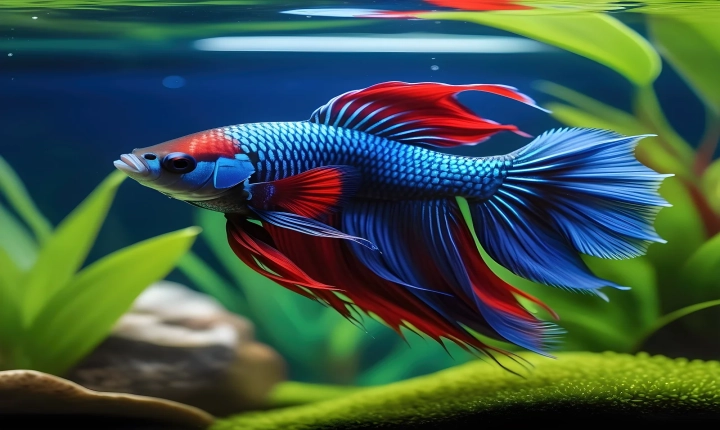In the world of graphic design and digital art, Adobe Illustrator and Adobe Photoshop are two of the most widely-used tools. Both programs offer incredible capabilities for creating complex illustrations, designs, and digital artwork. When working with both Illustrator and Photoshop, it’s common to need to transfer files from one to the other while preserving individual elements and layers. In this article, we will explore how to export AI to PSD with separate layers, allowing for seamless integration and further editing in Photoshop.
Step 1: Organize Layers in Illustrator
Before exporting your AI file to PSD, it’s crucial to ensure that your layers are properly organized in Adobe Illustrator. Group similar elements together and use distinct layers for different components of your design. This will make it easier to maintain the layer structure when moving the file to Photoshop.
Step 2: Export as PSD
Once your file is organized, go to “File” in Illustrator, then select “Export” and choose the “Photoshop (psd)” format. A dialog box will appear allowing you to specify the export settings. Make sure to select the “Write Layers” option, which will preserve the layer structure of your Illustrator file in the exported PSD.
Step 3: Adjust Export Settings
In the export dialog box, you can also choose the color mode and resolution for your PSD file. If your design contains transparent elements, make sure to select the appropriate transparency settings to retain the transparency in Photoshop.
Step 4: Import into Photoshop
After exporting the file from Illustrator, open Photoshop and import the newly created PSD file. When you open the PSD file, Photoshop will recognize the individual layers and maintain the layer structure from Illustrator. This will allow you to easily edit and manipulate each element separately.
Step 5: Edit and Enhance in Photoshop
With your AI file successfully transferred to Photoshop with separate layers, you can now make further adjustments, enhancements, and additions to your design. Photoshop offers a wide range of powerful tools for editing and manipulating individual elements, enabling you to fine-tune your design as needed.
Step 6: Save and Export
Once you have made all the necessary adjustments in Photoshop, you can save your PSD file and export it in various formats for different use cases, such as web, print, or digital publications.
By following these steps, you can effectively export an AI file to PSD with separate layers, maintaining the integrity of your design and streamlining your workflow between Adobe Illustrator and Adobe Photoshop. This seamless transition allows for a more efficient and versatile creative process, giving you the flexibility to further refine your designs and artwork in Photoshop while retaining the original layer structure from Illustrator.
